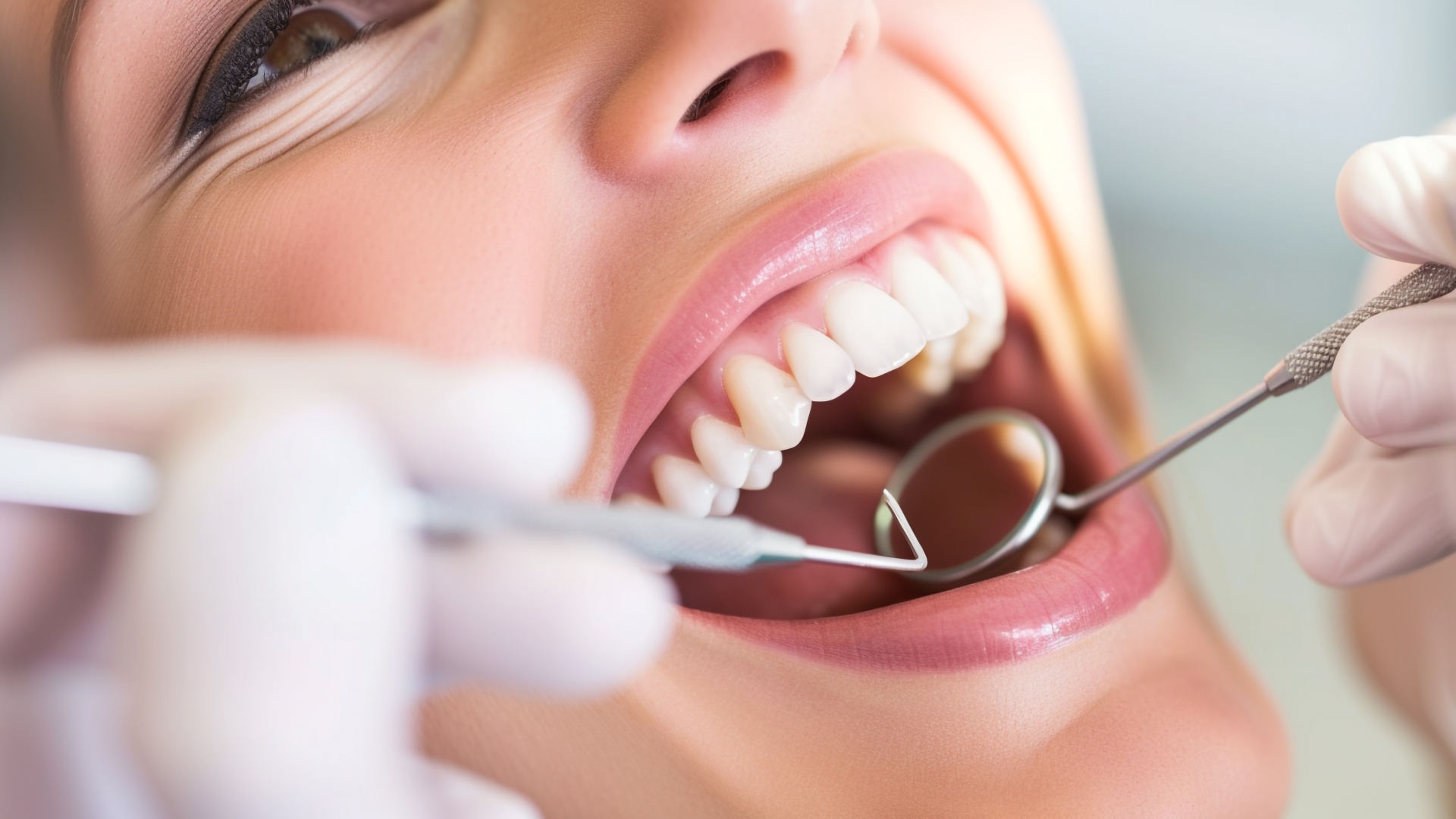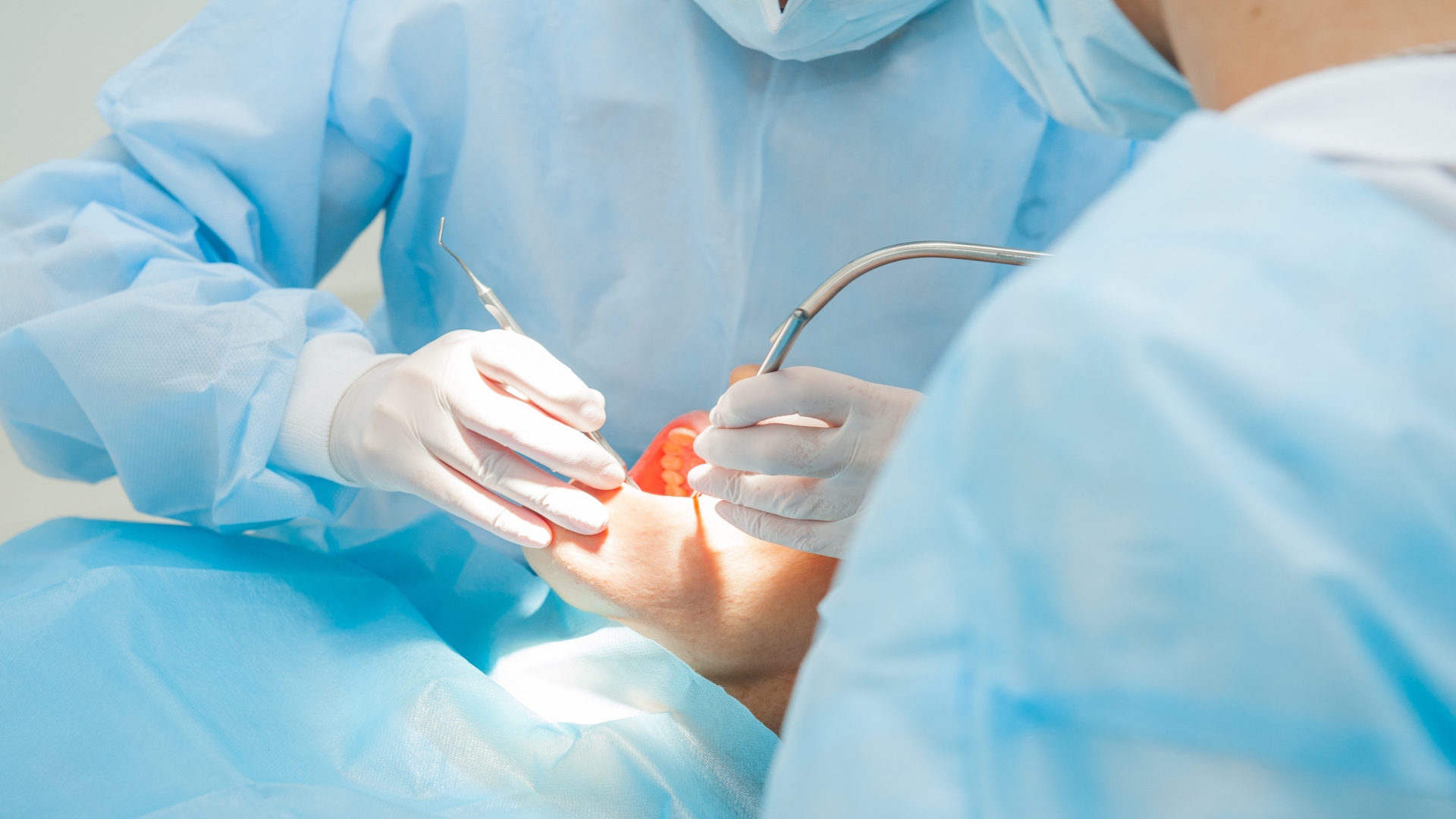As the saying goes, ‘A smile is the most beautiful thing you can wear every day.’ And yet some people may find it difficult to wear a smile. This is often rooted in dental issues that affect their self-confidence. Aside from cosmetic appeal, some dental problems can also cause functional issues that can affect your overall oral health.
While preventive care is the best way to keep your smile looking beautiful and your oral health staying functional, if your teeth become decayed or damaged, several types of restorative dental procedures can help fix them.
The expert dentists from Restorative & Aesthetic Dental Associates share the basics of restorative dentistry and the different types of treatment available.
Understanding Restorative Dentistry
Restorative dentistry is a branch of dentistry that focuses on replacing or repairing teeth. Its main goal is to improve oral health and function, specifically chewing and speaking. It helps you achieve long-lasting oral health while restoring your smile and confidence. A general or family dentist often performs restorative dentistry.
Types Of Restorative Dental Procedures
Depending on your unique oral health issues, various dental restoration procedures help restore your smile and oral functions. These include the following:
1. Fillings
Fillings are a minor restorative procedure that helps prevent further damage to your teeth. Generally, poor oral health cause the influx of bacteria that eats your tooth enamel, causing a black hole called a cavity. Smaller cavities can easily be repaired with dental fillings.
A dentist will remove the decayed portion during a filling and sanitize the area. This stops the progression of tooth decay and prevents further damage. Then the dentist will fill the hole with composite resin to restore the distinctive look and function of the affected tooth.
2. Root Canal
Root canals are the extreme version of a regular filling. When a crack or cavity goes deep enough into your tooth and reaches the pulp, it causes a painful infection. Generally, the tooth can still be saved with a root canal.
With this dental procedure, a dentist removes the infected pulp within the affected tooth’s root canal, including the blood vessels and nerves inside your tooth. Then they’ll disinfect the area to prevent bacterial growth. The dentist will fill the canals with a dental material and place a filling to seal the tooth. This prevents bacteria from entering the hole, which helps preserve the tooth and extends its useful life.
Generally, patients are also advised to get a crown on the affected tooth to provide additional support and strength.
3. Crown
A dental crown is used to restore broken teeth or repair large cavities. Also known as a cap, a dental crown is a tooth-like material that fits over an affected tooth. Think of it as an outer shell custom-fitted to fit the affected tooth and protect it from further damage. Dental crowns are made of various materials—from ceramic that can match the natural tooth color to gold for extreme durability.
With this procedure, a dentist will take an impression of your bite to create a crown that perfectly fits your overall dental structure. While it’s being prepared, your dentist will alter your tooth, removing some part of your tooth enamel so they can place a crown over it. Once ready, the crown will be held in place with dental cement.
Dental crowns are one of the best restorative procedures since it helps bring back power and strength to your bite while preserving an existing tooth despite previous decay and injury.
4. Onlays And Inlays
If a cavity is too small for a dental crown but too big for a filling, an onlay or inlay is preferred. Onlays and inlays are custom materials that fit into your natural tooth structure. The only difference is that an onlay fills at least one cusp, while an inlay covers an area between the cusps.
5. Dental Implants
A dental implant is one of the most reliable forms of tooth replacement, replicating a natural tooth’s feel, look, and functionality. That said, it’s an invasive procedure requiring surgery and has a long recovery time. Generally, your dentist must install a small threaded-metal post within your jaw to replace the missing tooth root. A dental implant combines with other restorative procedures like crowns to function correctly.
6. Dentures
A safer and non-invasive alternative to dental implants, dentures have been the traditional method for teeth replacement. It is the most economical and fastest way to replace your teeth to ensure the full functionality of your mouth.
Unlike most procedures, dentures are removable and should be cleaned regularly. They are custom fitted to rest on the gums, with the jawbone supporting the material.
Takeaway
You deserve to eat comfortably and smile and speak with confidence. So if you have damaged or missing teeth caused by an injury, infection, or decay, know that it doesn’t have to be a normal part of you. Restorative dentistry can help fix just about any dental issue you may have so you can regain your beautiful smile while ensuring the full function of your teeth.


















